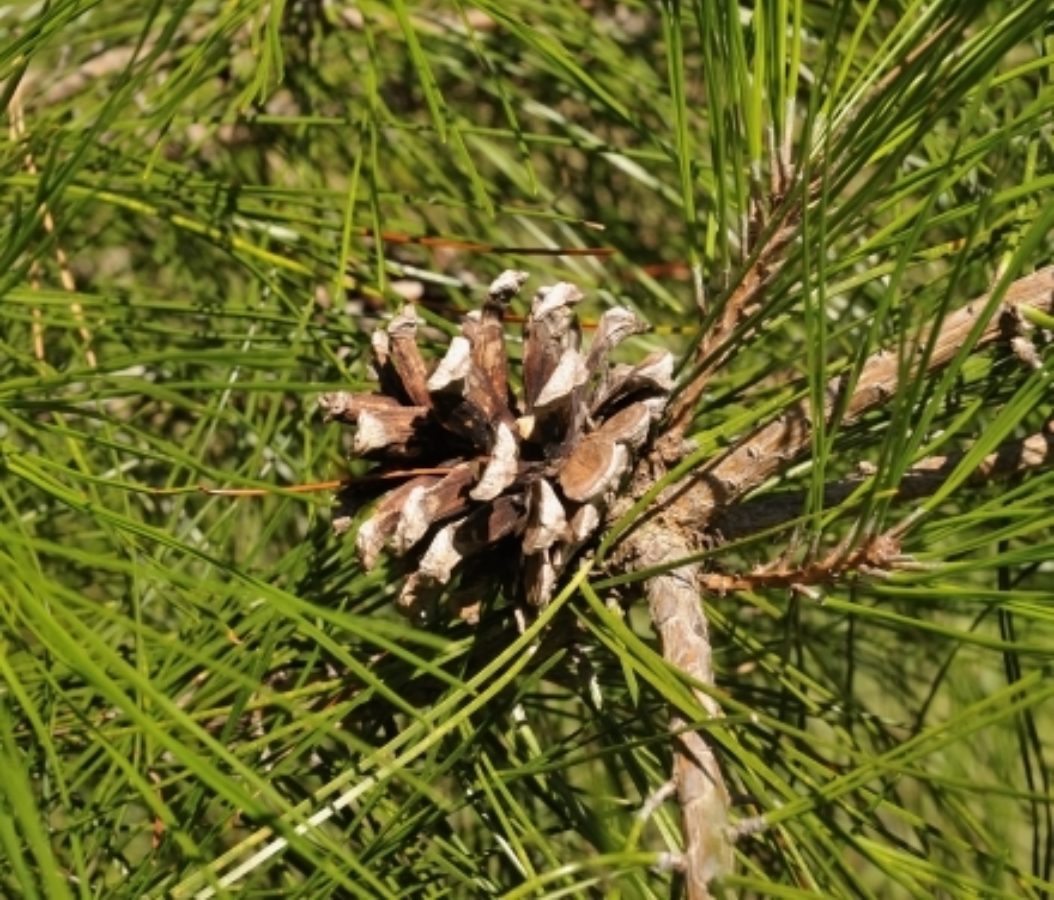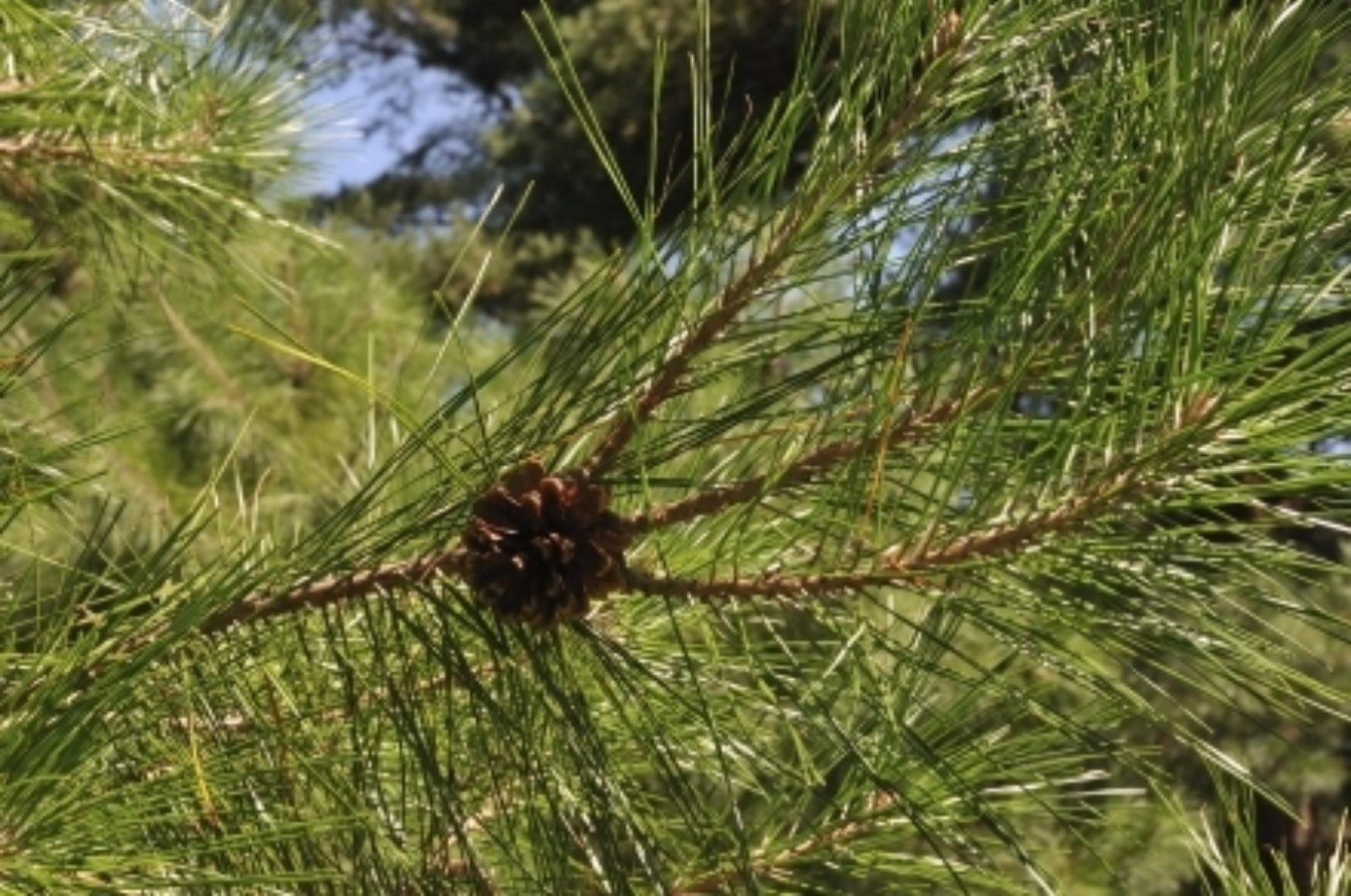Pinaceae
Pinus henryi
A small pine from the mountains of central China. Following decades of deforestation some recovery and expansion appears to be taking place. Currently this species is assessed as Near Threatened.
Description
Taxonomic Notes
This species has been treated as a variety of Pinus tabuliformis in the Flora of China, Vol. 4 (1999) and is indeed similar in many characters to that species. Its leaves are not wider than 1 mm and its seed cones are smaller, with scales that have only slightly raised apophyses. It was also classified as a variety of P. massoniana, from which it differs in its much shorter leaves, its uninodal growth of shoots, smaller, nearly globose-ovoid seed cones, and relatively shorter seed wings.
In addition to the differences mentioned above recent genetic studies have confirmed its status as a distinct species that is only morphologically similar to P tabuliformis and more closely related to Pinus hwangshanensis (Liu et al. 2012a, 2012b).
Human Uses
This species is similar in its wood properties to P. tabuliformis, but it is less common and widespread, and as a consequence of this less important as a timber tree. Pinus henryi is apparently absent or very rare in cultivation; it was not introduced to Europe when the opportunity arose during the early decades of the 20th century.
References and further reading
- Farjon, A. 2010. A Handbook of the World's Conifers. Koninklijke Brill, Leiden
- Farjon, A. 2013. Pinus henryi. The IUCN Red List of Threatened Species 2013: e.T37555A2866837. http://dx.doi.org/10.2305/IUCN.UK.2013-1.RLTS.T37555A2866837.en. Downloaded on 16 December 2016.
- Liu, Z., C. Cheng & J. Li 2012. High genetic differentiation in natural populations of Pinus henryi and Pinus tabuliformis as revealed by nuclear microsatellites. Biochemical Systematics and Ecology 42:1-9.
- Liu, Z., X. Yang, H. Zhang, Z. Zhang, J. Li 2012. Systematic position of Pinus henryi (Pinaceae) as revealed by multiple evidence. Nordic Journal of Botany 30:671-679.
- Wang, S. and Xie, Y. 2004. China Species Red List. Vol. 1 Red List. Higher Education Press, Beijing, China.
- Wu, Z. and Raven, P.H. (eds). 1999. Flora of China: Vol.4. Cycadaceae through Fagaceae. Science Press (Beijing) & Missouri Botanical Garden (St. Louis)



